Exploring The Rebel’s call to revolution
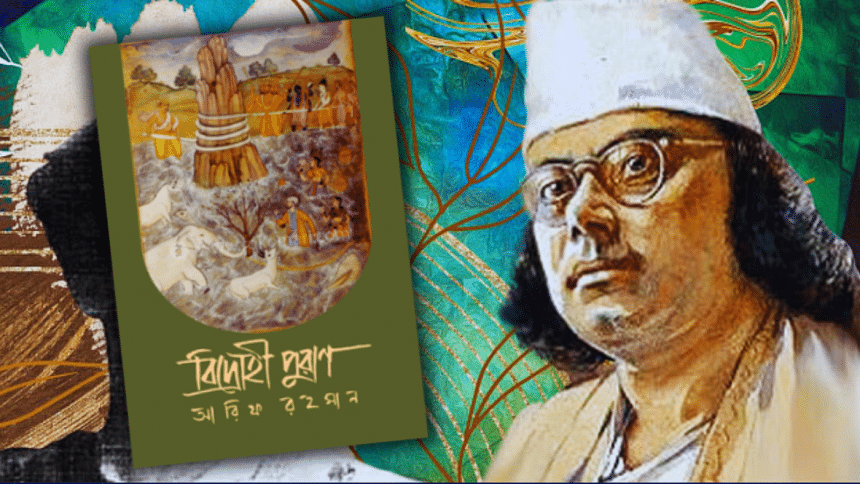
Kazi Nazrul Islam has been called a poet, a lover and a revolutionary. The rebel poet was, and always has been, all three of them simultaneously. Probably the biggest testament to this fact is his iconic poem "Bidrohi" (1922).
Mainstream interpretations of the poem have been about the rebelliousness of the poet to break all the oppressive structures that subdue working-class human beings. But the main question that arises is: how? We can ask ourselves: How do we take down the system? Whom do we ally with? And what do we bring as the replacement for that system?
In his book Bidrohi Puran, writer Arif Rahman tries to explore these questions. He attempts to decipher the hidden meaning behind the poem through the mythical characters that Nazrul mentions, the context behind them, and the circumstances in which the poem was penned; Rahman attempts to point to a definitive answer to the question of how revolution should occur.
The author starts his discussion with the avatars of Vishnu, who comes up repeatedly throughout the poem. In his understanding, by referring to the avatars, Nazrul is anticipating something that would bring justice to this unjust world, as these avatars are thought to have brought purity to the sinful world throughout history. Along with the avatars, the writer also brings up Prophets, who are the pioneers of morality in a world which has drowned in immorality. The references to the similar stories of both Hindu and Muslim traditions are brought together as if Nazrul was trying to appeal to a common sentiment of the readers regardless of their faith.
Nazrul, in his lifetime, had seen the perils of religious fanaticism that had divided the anti-colonialist movement into two hostile camps, which eventually led to the birth of Pakistan and India. As a politically secular person who fought against this divide, Nazrul tried to convince his readers of the futility of this division through poems. "Bidrohi" is also no different, and Nazrul in his poem is referencing stories from both traditions to transcend the Hindu and Muslim binary and touch the inner humanity of his readers.
Next, Arif Rahman argues that Nazrul doesn't highlight characters who are generally thought to be the heroes of the story, rather, the ordinary characters who are the chief initiator of the revolution. The sage Durvasa, whose curse stopped the heavens, is a prime example. Nazrul is reminding his reader that although history only remembers the victor, ordinary human beings are the makers of that history. Again, Nazrul is celebrating the ordinary working class, whose constant effort has made civilisation possible, and telling them that they themselves can make history as they have made before.
Another characteristic of the revolutionary Nazrul anticipates is his ability to use both his weapon and intellect. To explain this, Rahman brings up the circumstances leading to "Bidrohi". At the time of writing, Nazrul had already fought in World War I. But, the war in his eyes was meaningless brutality, which didn't help the masses but the ruling class of conflicting countries. On the other hand, the intellectuals of his time were unwilling to implement their ideas practically, preferring to limit their activities to publishing only. So, Nazrul concluded that the revolutionary has to be competent in both—he has to learn and understand the world of course, but he also has to go out and implement his ideas effectively to lead to a meaningful change. This is why Nazrul highlights the characters who are both a sage and a fighter in both the Hindu and the Islamic traditions.
Essentially, what is the goal of Nazrul in accomplishing the revolution? Although this can have many other interpretations, Rahman believes that Nazrul had the Soviet Union in his mind while writing the poem. Nazrul was the voice of the working class, and seeing the rise of the first Workers' State in history made him hopeful about the future; he wanted the oppressed people of his land to have their rights also.
What makes Nazrul different from leftist politicians is his commitment to the material conditions of his land. Left-leaning intellectuals tend to import ideas of revolution from other countries, totally disregarding the actual conditions which are present in our country. But Nazrul is studying his own culture's revolutionary characters, and encouraging the subaltern population with their own words, their culture, their stories to fight, to rebel, and to create a new society.
Judgement about Nazrul within the mass has been clouded because of many biases, and looking at him from different lenses yields different results. But reducing him to a vacant slogan of revolution and not engaging with his ideas more concretely is unfortunate. Although a short book, Bidrohi Puran would definitely help a budding reader of Nazrul to explore his poems more, to untangle the references in them and to understand him more clearly.
Sadman Ahmed Siam, as the name suggests, is indeed a sad man. He got sorted in Hufflepuff at Pottermore and has been sad ever since. Send him happy quotes at: [email protected].

 For all latest news, follow The Daily Star's Google News channel.
For all latest news, follow The Daily Star's Google News channel. 

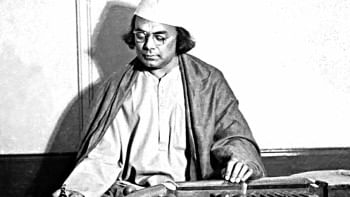


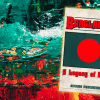
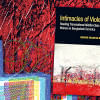
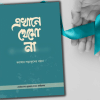

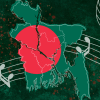


Comments